By IAN FAILES
By IAN FAILES
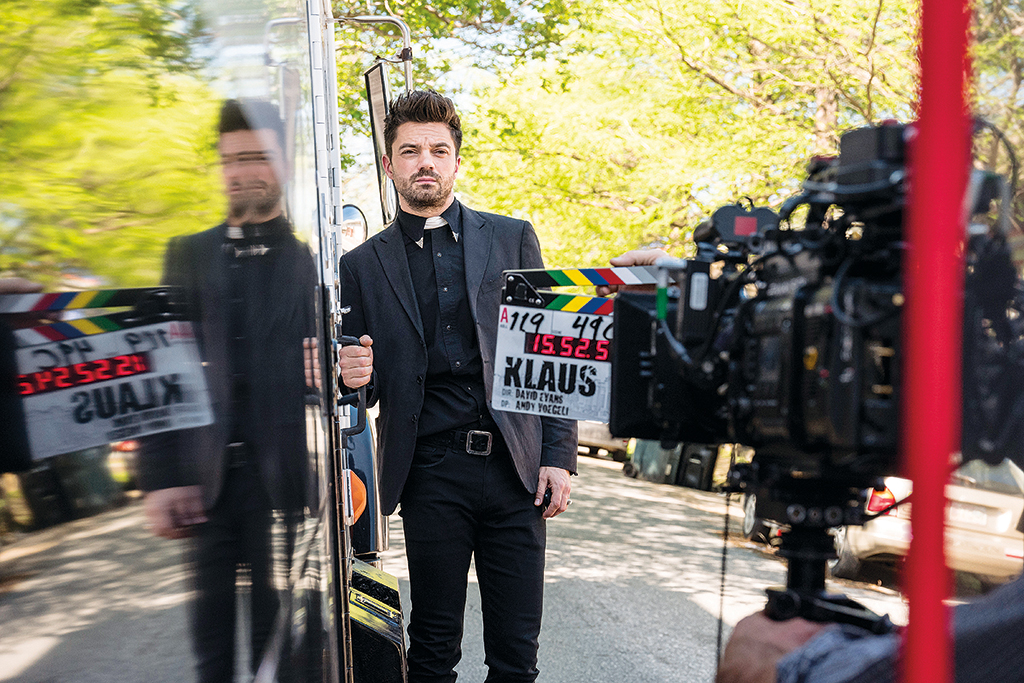
Although the AMC and Sony Television series Preacher is based on a comic book series, it is not a show where superheroes take giant leaps or weave their powerful magic. But visual effects do form a crucial part of the show’s sometimes outrageous, regularly subversive and often gory scenes.
One of the significant visual effects contributors to Preacher, which was developed by Sam Catlin, Evan Goldberg and Seth Rogen, is Legend 3D in Toronto (FuseFX is also a major vendor on the show). Legend 3D came on board for the show’s second season which wrapped up in September, helping to tell the story of Jesse Custer (Dominic Cooper), a preacher who discovers he has the power to command others to do as he wishes.
Along the way, and in a search for God, Custer and a group of friends encounter all manner of enemies – supernatural and otherwise. This is where the visual effects, including from Legend 3D, came in, delivering enhancements for various violence, plus a range of digital environments, set extensions and composites for several episodes.
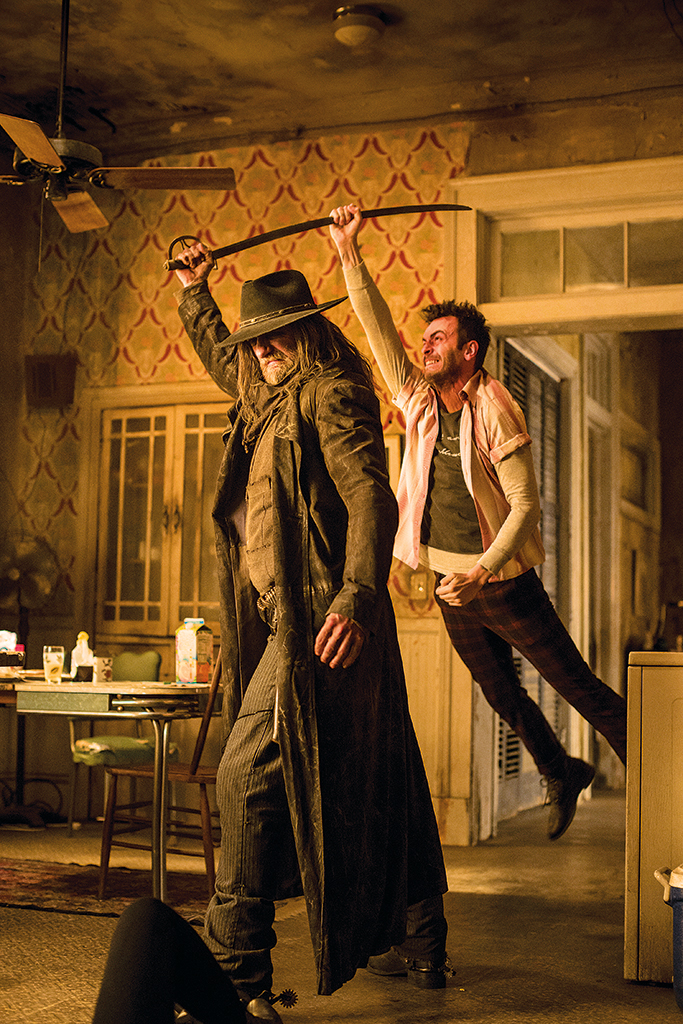
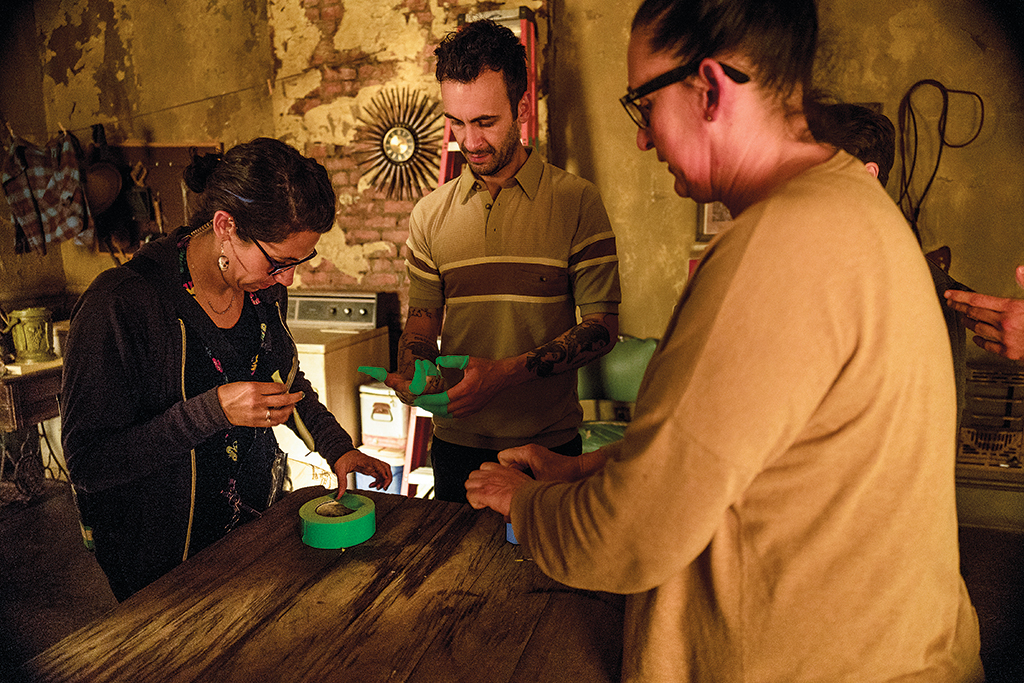
“If someone knows you have done the work then you haven’t done your job. … The artists want people to know they’ve been there and the client often wants to see where the value in the shot is. If it’s invisible then how do you quantify either?”
—Adam Ghering, Visual Effects Supervisor
Until recently, Legend 3D was mostly known as a stereo conversion house. But in this capacity, the studio had ultimately been completing waves of visual effects work such as adding in particles, rain and debris, and extensive object and rig removal.
“After a time,” recounts Legend 3D Visual Effects Supervisor Adam Ghering, “we were doing more and more effects which led to the need for a purpose-built VFX department.
“Our relationships that we have built along the way, as well as a great personnel, particularly Sarah Stiteler in our business development group, made it possible to connect with Sony Television and the executive producers on Preacher,” he adds.
As a conversion house, Legend 3D had developed a pipeline centered on compositing. This suited what was required for Preacher, since much of the work involved split takes and greenscreen set extensions. Legend 3D was also able to take shots further into CG where necessary.
“The pipeline, software and talent complemented the needs of the show,” states Ghering. “Additionally, there were some opportunities to build out a specialized CG team to handle specific shots and environments.”
Legend 3D’s intention was to have its work remain invisible. “If someone knows you have done the work then you haven’t done your job,” says Ghering.
“Being able to train your eye to know where the sweet spot is can be difficult,” he adds. “You can easily over or underwork something that is supposed to be subtle. The artists want people to know they’ve been there and the client often wants to see where the value in the shot is. If it’s invisible then how do you quantify either?”
To that end, Ghering says one of the best notes they received on Preacher was, ‘I don’t know what is CG here, so that is probably a good thing’. Head of VFX Production at Legend 3D in Toronto, Lisa Sepp-Wilson, suggests, too, that their goal was always to keep the effects grounded in reality.
“We felt that we had a responsibility to the original vision of season one of the series to maintain as much photoreal imagery as possible, even though this is technically a graphic novel come to life,” Sepp-Wilson says.
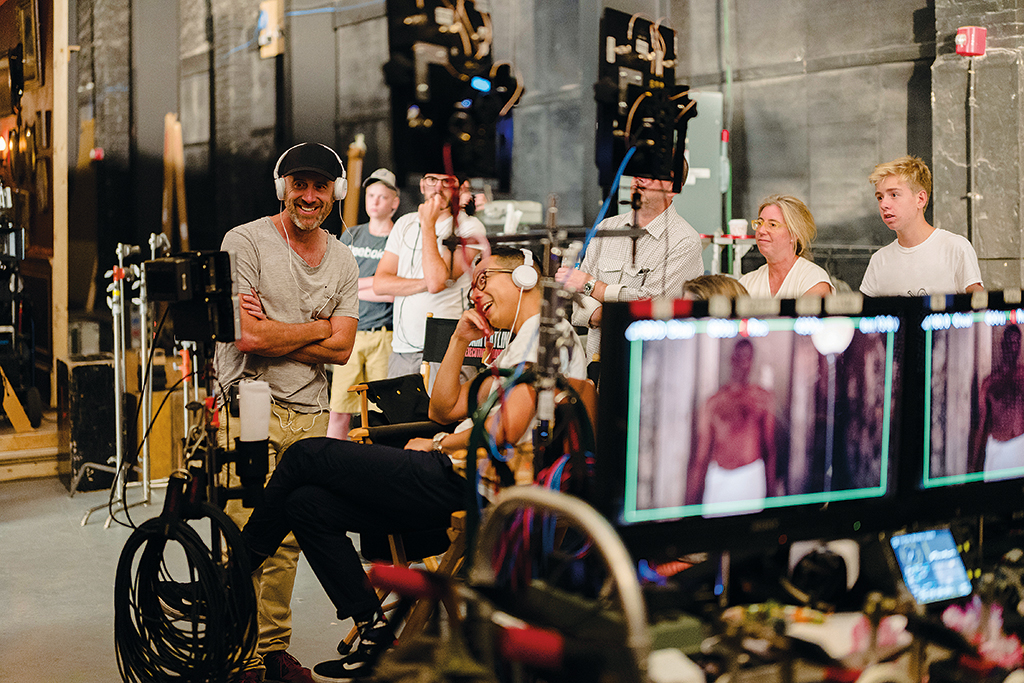
What are some examples of these invisible effects? Sometimes they were simply enhancements to what had been filmed in live action, and sometimes they were about taking a particular practical effect further.
For example, in one episode, the character Tracy (Gianna LePera) commits suicide by shooting herself in the head. “The on-set supervisor, Dottie Starling, and the folks at KNB EFX Group did some really great work to get us assets to complement,” outlines Ghering. “We were working with several performance and stunt takes, a brain cannon on greenscreen, a life cast of the actor’s head, as well as complementing it all with some CG blood that would fall and soak into the blanket.”
To pull off that breathtaking shot, a double of Tracy’s head was matchmoved and animated to the plate which then emitted the fluid to create blood with proper spray and trajectory. “We used a couple of passes with cached geometry which was then finessed in the final compositing stage,” he says.
Other challenges included a number of CG environments and set extensions, all intended to be seamlessly integrated with what had been filmed for the show.
“We had a great opportunity to bring to life the Hell environment, for example,” notes Ghering. “The initial production design was to achieve somewhere in between Cloud City in Star Wars and Kowloon in China. We followed closely to the reference from production designer Dave Blass: massive, industrial and foreboding with pin pricks of light going off into infinity.”
The Hell environment was generated as a procedural asset using MASH in Maya to build the geometry. Legend 3D artists then textured the geometry with MARI and Substance, while completing lookdev and lighting in Maya and V-Ray.
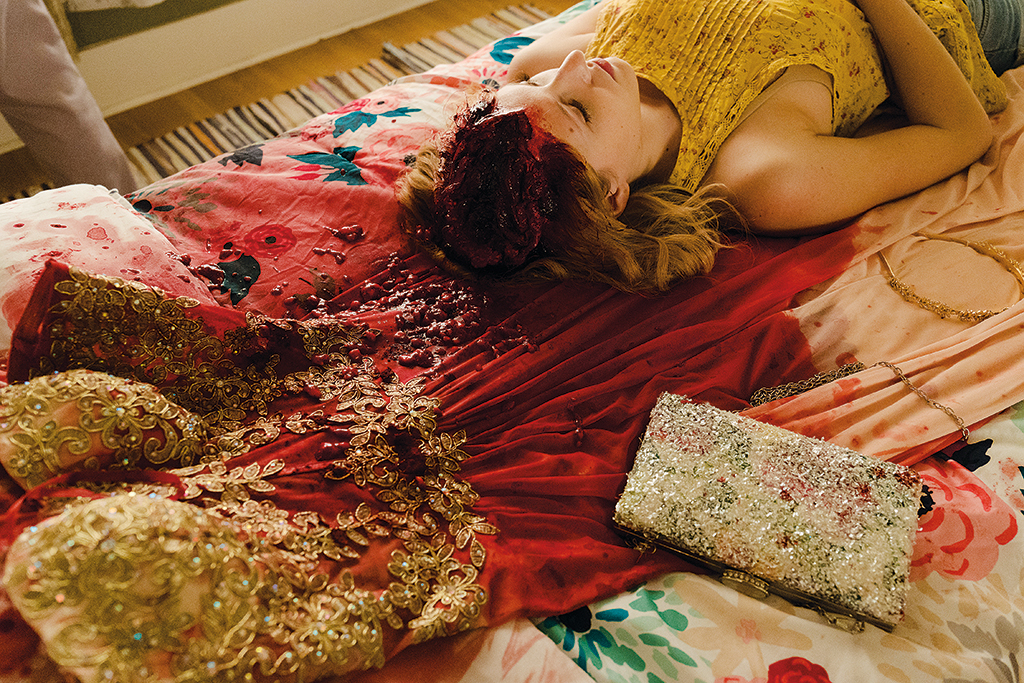
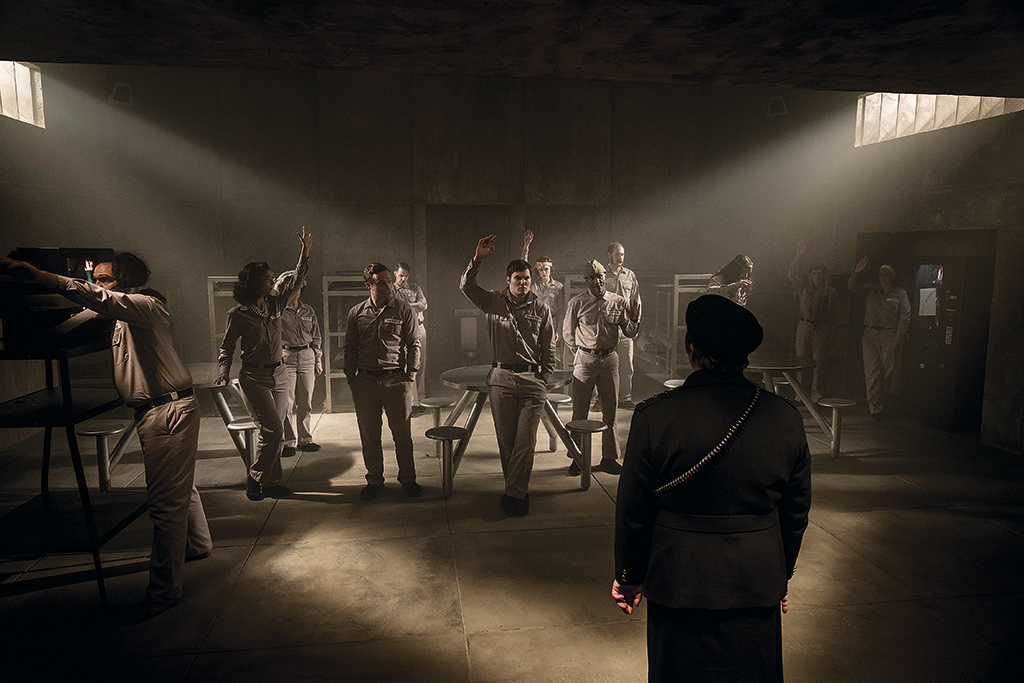
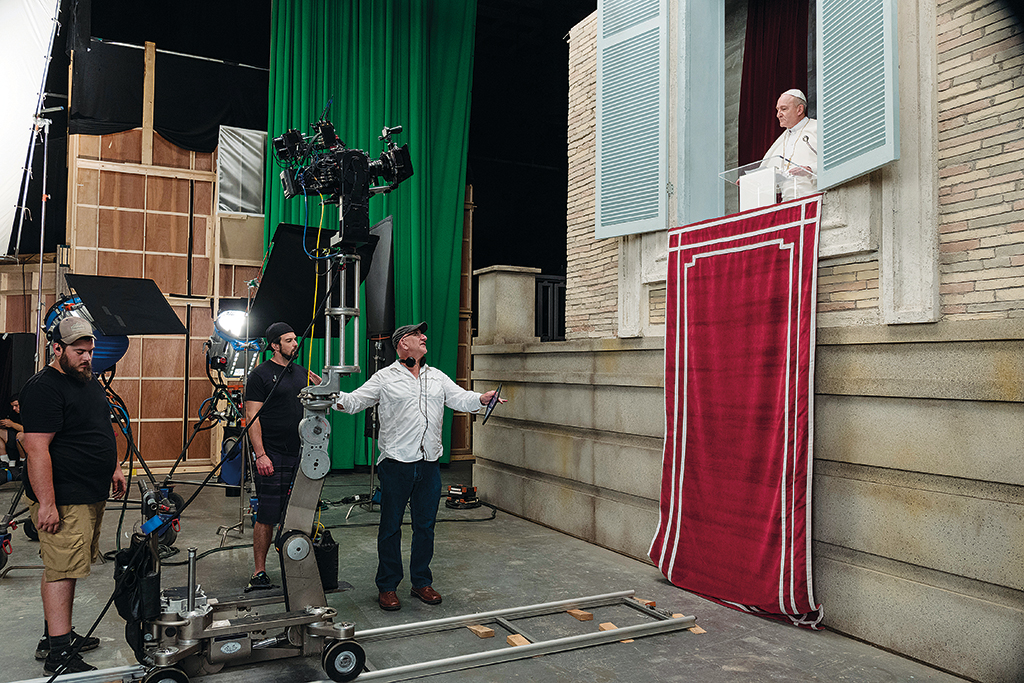
“We had to always be one step ahead of the next episode, with assets ready to go, artists at the ready and a rigid-as-possible delivery schedule, while still remaining flexible and able to execute last-minute changes when requested.”
—Lisa Sepp-Wilson, Head of VFX Production, Legend 3D
“We also populated the environment,” continues Ghering, “with dozens of passes of volumetric lighting, dust, steam and particulates to give it a belching, choking feel. The fluid and particulate passes were done in Houdini and Maya. The lights also needed to flicker to give the feel of projected light as each one was a personal hell.”
Hallways within Hell were commonly extended by Legend 3D. A typical shot would usually start with a foreground greenscreen plate that was matchmoved if necessary and then projected onto cards or geometry – this depended on the individual plate and the amount of parallax. Elements such as shafts of light, flickering lights, dust and ambient particles were commonly added to the environments.
Asked if there was one shot that proved to be most challenging in the series, Sepp-Wilson comments that no single scene was harder than the others. “But,” she says, “there were design challenges, and we definitely felt it was a collaborative effort between us and the exec team. We really enjoyed executing some of the full-CG work, as well as some of the smoke and steam shots.”
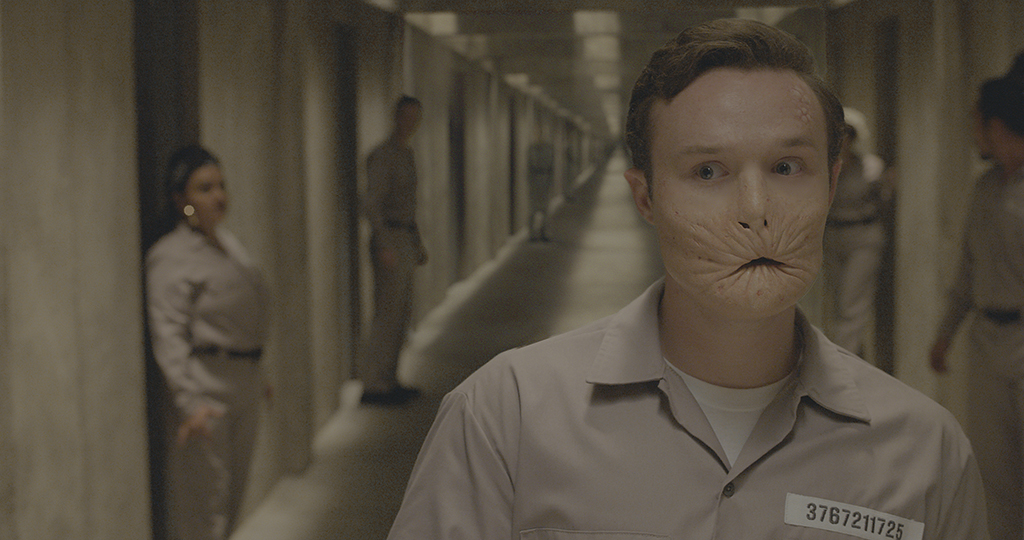
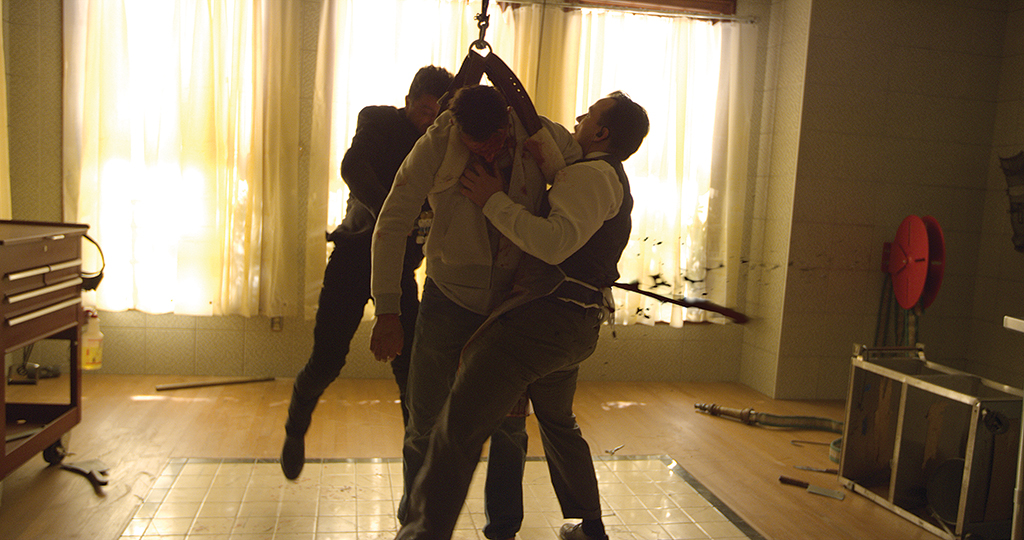
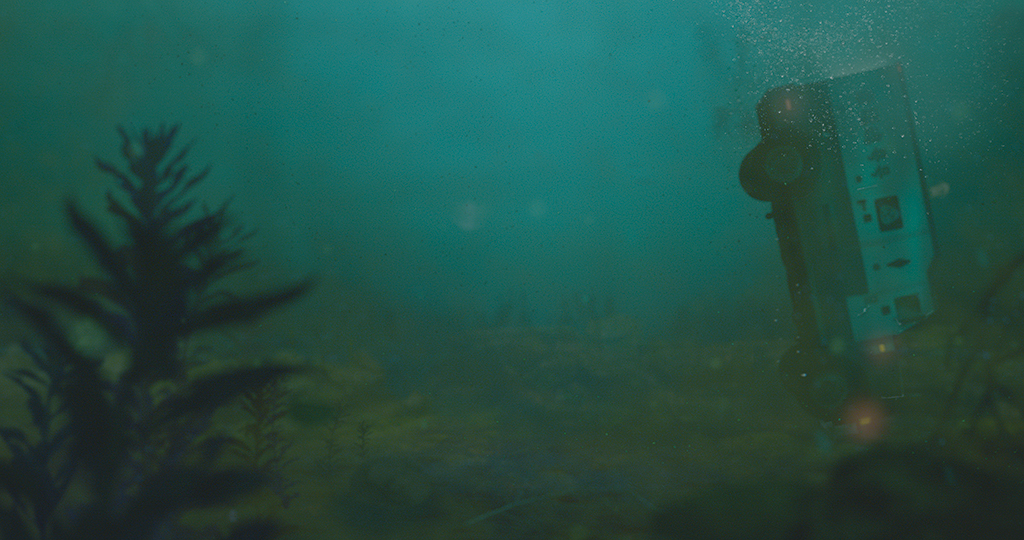
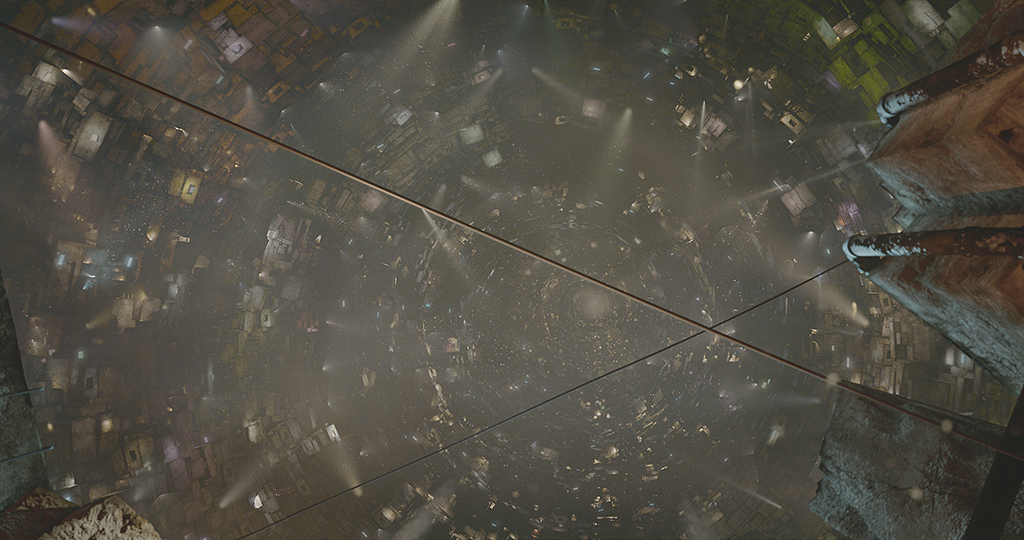
Since Legend 3D was pivoting to more visual effects work, they needed a tight and talented team.
“We had a great workflow here within the Toronto facility, and were able to iterate and turn shots around extremely efficiently as a result,” says Sepp-Wilson. “Each episode took about two weeks to complete, once final shots were turned over and put on the production floor.”
The studio worked on seven episodes from season two of Preacher, each time maintaining communication with the production’s post team made up of the post supervisor, VFX editor and episode editors.
“We also kept in touch with the on-set supervisor, Dottie, while they were still shooting the particular episodes we worked on,” she says. “Over the course of the post period I traveled to L.A. often in order to be present for spotting sessions and meeting with editorial.”
Anyone who works in TV visual effects knows that creating imagery on an episodic schedule and budget can be intense. Legend 3D relied on that tight-knit team and scheduling software to be able to manage the process.
“We had to always be one step ahead of the next episode,” remarks Sepp-Wilson, “with assets ready to go, artists at the ready and a rigid-as-possible delivery schedule, while still remaining flexible and able to execute last-minute changes when requested.
“We utilized Shotgun to communicate with the EPs,” she adds. “We would post shots for their approval, and they would respond with notes and/or approvals. It was a very efficient process, as they were able to view our shots whenever they chose and wherever they happened to be.”
The result is that Preacher delivers on its promise of a faithful comic book adaptation with plenty of comic and horror elements thrown in, often thanks to the hard work from the effects teams on the show.